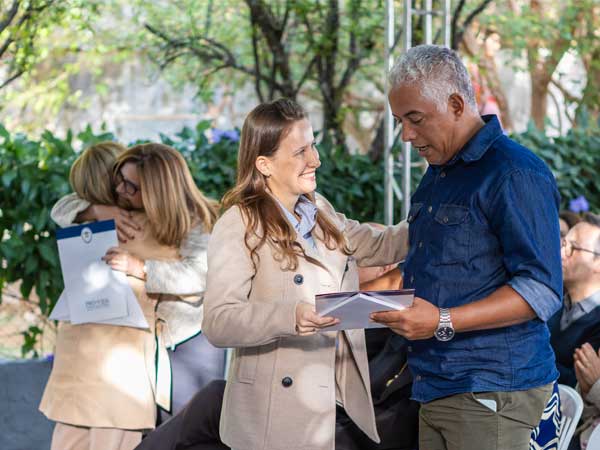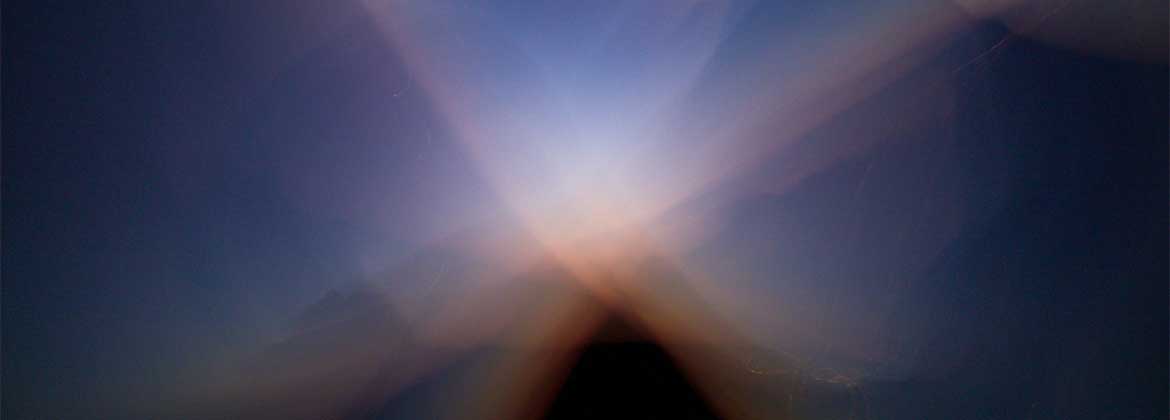Astronomical Ephemerides – April, 2022
Astronomical Ephemerides – April, 2022
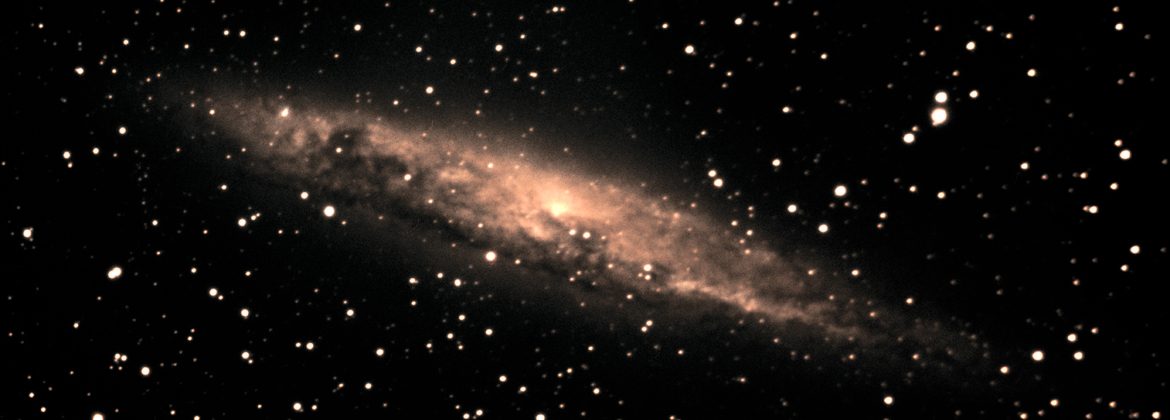
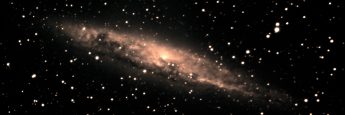
Do you know the Pleiades? Have you ever visualized four planets at once? And Mercury with the naked eye, have you appreciated it? In April, there will be an opportunity to observe, among other astronomical events, these three phenomena. In fact, looking at the sky can be more than mere observation, it can be an opportunity to contemplate the universe and reflect on its grandeur.
Opening this month’s ephemeris agenda are the Pleiades. It is an open cluster located in the constellation of Taurus that fascinates because it contains thousands, maybe even hundreds of thousands of intensely bright stars, many of them up to a hundred times brighter than the Sun, united by the same element, a common gravitational field, without a definite form.
The Pleiades have been observed since the most ancient civilizations. With the naked eye, six stars can be seen from the Earth. In this month’s event, they will be easier to recognize because the Moon, which often makes it difficult to see these stars due to the brightness it reflects, will be in conjunction. This event can be viewed all over the world. As a reference, in Brazil, it will take place on April 4, between 6:40 pm and 7:15 pm (Brasilia time).
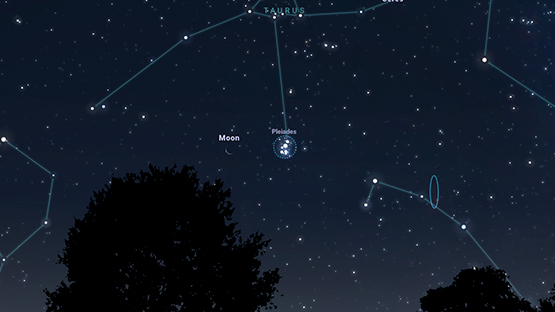
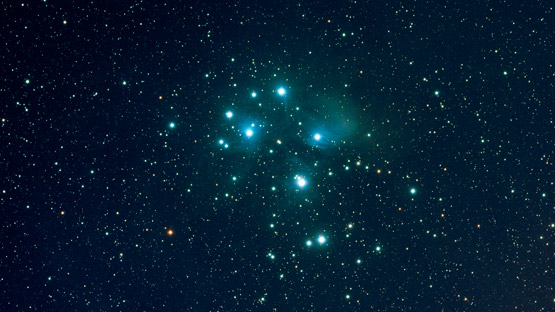
On April 17, the invitation is for the viewing of Jupiter, Venus, Mars and Saturn drawing the sky at the same time. Depending on the time zone the observer is in, the planets will be able to be seen aligned toward geographic East or out of alignment, but still very close together. Jupiter will be shining in the constellation of Pisces; Venus and Mars, in the constellation of Aquarius; and Saturn, in Capricorn. This event can also be seen around the world. For reference, in Brazil, the alignment will take place from 3:04 am (Brasilia time).
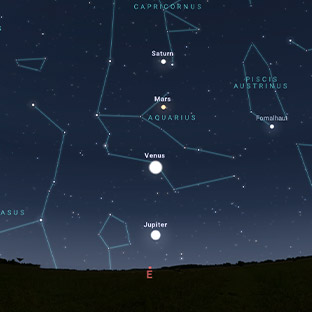
Also in April, there will be a beautiful opportunity for viewing Mercury without the use of equipment. This planet is usually difficult to see because it is overshadowed by the light of the Sun for having its orbit very close to the star. But on April 29, it will be at its maximum elongation, which means it will be in the farthest possible orbital position from the Sun and in the longest nighttime appearance this year, having its surface at 41% illumination. The observer must turn to the West to appreciate this moment. The event can be observed all over the world. As a reference, in Brazil, it will take place between 5:40 pm and 6:40 pm (Brasilia time).
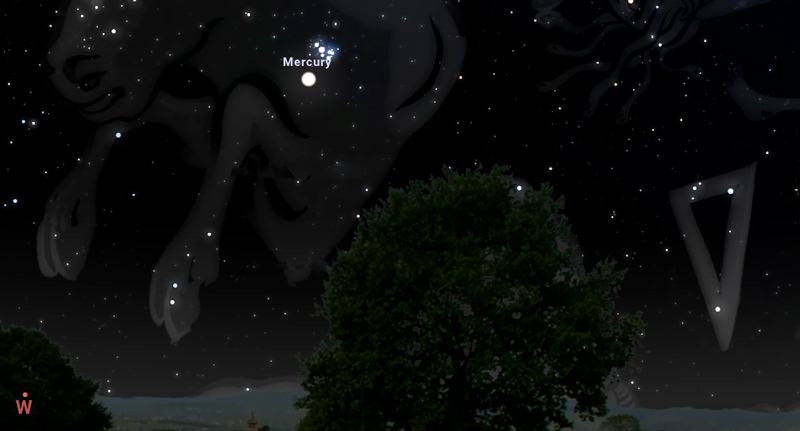
Other astronomical events
Lyrids meteor shower
Popularly known as shooting stars, the Lyrids meteor shower will take place between April 16 and 30. It will be observable all over the world, with best viewing in the Northern Hemisphere.
To appreciate this luminous phenomenon, look for a region with little or no light. Locate the star Vega, towards the geographic northeast, in the constellation Lyra. Then, wait about fifteen minutes for your eyes to get used to the dark, and enjoy the moment.
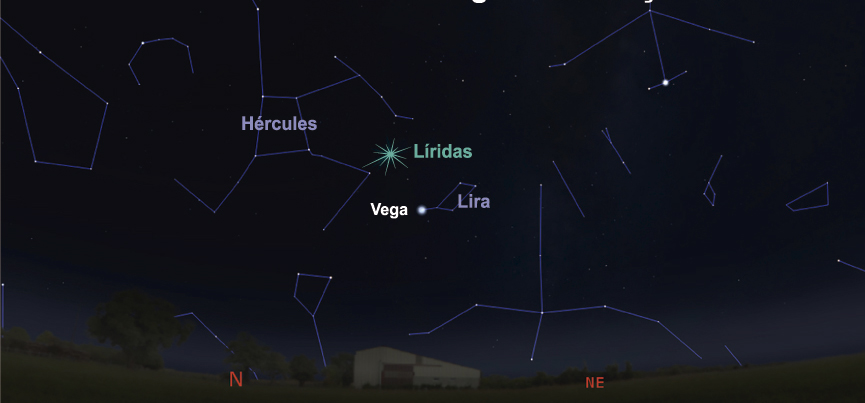
Considered to be of medium intensity, the Lyrids meteor shower will light up the sky as Earth passes through the trail of debris left by Comet Thatcher (discovered by A. E. Thatcher on April 5, 1861) – considered as a parent object. The peak will be on April 22, when there will be a flow of 10 to 20 fast meteors per hour, with non-persistent, bright trails that enter the atmosphere at a speed of approximately 70 kilometers per second and burn at an altitude between 70 and 100 km.
The luminous phenomenon will be observable all over the world. The best view will be in the Northern Hemisphere, in the period after moonset (which have 61% of its surface illuminated, which may interfere with observation) and before dawn. By way of reference, in Brazil, the event will be between 1 am and 6 am (Brasilia time), but if we think in terms of the Northern Hemisphere, with Greenwich as a reference, we must add three hours.
The Lyrids meteor shower is one of the oldest, having the first record of its observation in 687 BCE, by the Chinese. The radiant point, which is where the meteor shower appears to originate with reference to the observer’s view here on Earth, is situated in the constellation of Lyra, the harp, where Vega, the fifth brightest star in the sky, is located. Comet Thatcher takes 415 years to orbit the Sun, so this astronomical event can only be seen again in the year 2276.
Partial eclipse of the Sun
It will take place on April 30 and will be visible from southern South America, parts of Antarctica and over the Pacific and Atlantic oceans. It will pass through the following countries: Antarctica, Chile, Argentina, Falkland Islands, Uruguay, Brazil, Paraguay, Bolivia, Peru.
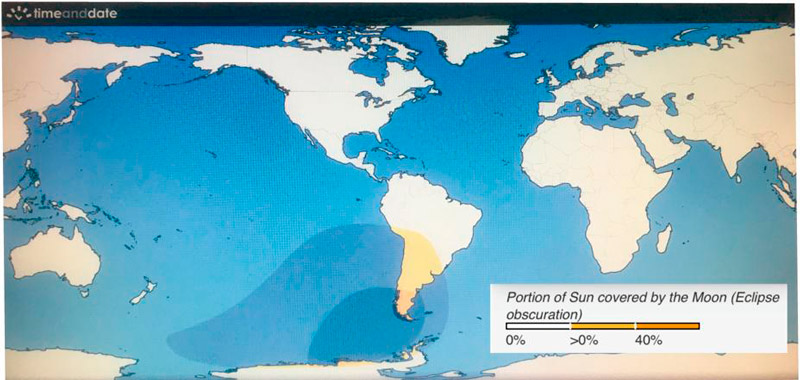
The moment of the greatest eclipse will be at 5:41:26 pm (Brasilia time, Brazil). It’s 4.7 days before the Moon reaches its apogee – furthest away from the Earth. During the event, the Sun will be in the constellation of Aries.
A partial solar eclipse happens when the Moon is aligned and positioned between the Sun and the Earth, however, its alignment with the Sun is not exact and only a part of the sunlight is obscured. An eclipse never comes alone! It always occurs about two weeks before or after a lunar eclipse. So, we will have a lunar eclipse in May!
Conjunctions in April
Check the schedule and more information in the image gallery.
All over the world, there will be an opportunity for people to appreciate the moment when planets and the Moon appear to be very close to each other from an Earth point of view, but are actually millions of kilometers apart. These are called astronomical conjunctions. Those mentioned here have the city of São Paulo, in Brazil, as a reference for the angles and cardinal points. Therefore, they may have variations according to the geographic positioning of those who view them.
Conjunction between Mars and Saturn
Conjunction between the Moon and Saturn
Conjunction between the Moon and Mars
Conjunction between Jupiter, the Moon and Venus
Conjunction between Venus and Jupiter
Moon phases

April 1st
New Moon
April 9
First Quarter
April 16
Full Moon
April 23
Last Quarter
Source: jpl.nasa.gov/calendar / solarsystem.nasa.gov / in-the-sky.org / Stellarium.org / earthsky.org / ov.ufrj.br / planetary ephemeris – Jet Propulsion Laboratory (JPL) / seasky.org / jpl.nasa.gov / rmg.co.uk / timeanddate.com
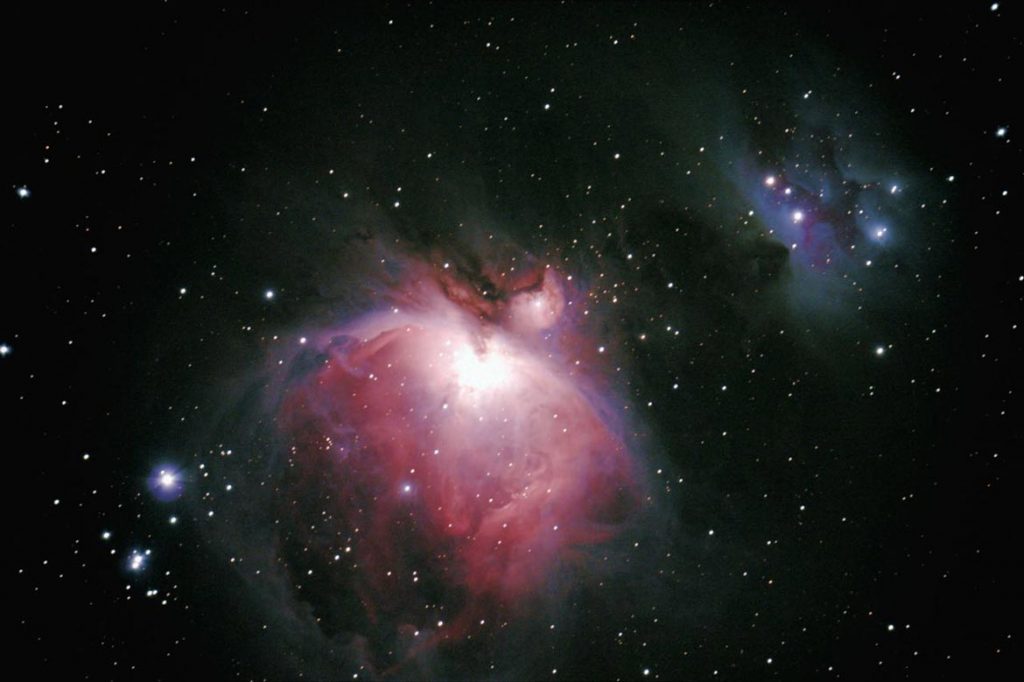
“Astronomical ephemerides is a monthly calendar prepared by the Astronomy Sector, which is one of the 12 that make up the PRÓ-VIDA Laboratory Department. In the department, studies, research and scientific experiments related to various themes are developed, as well as field activities and lectures.

Astronomical ephemerides is a monthly calendar prepared by the Astronomy Sector, which is one of the 12 that make up the PRÓ-VIDA Laboratory Department. In the department, studies, research and scientific experiments related to various themes are developed, as well as field activities and lectures.




